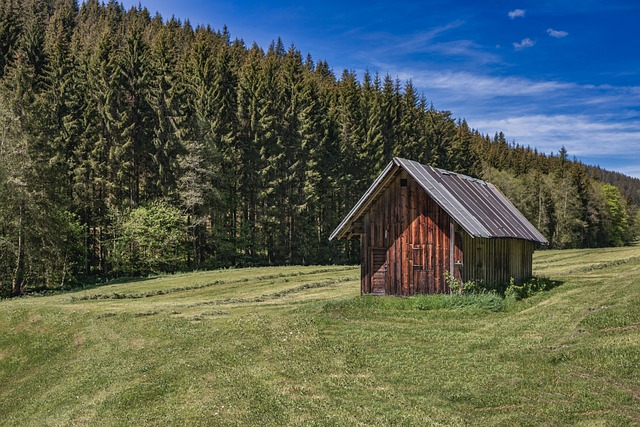
Chapter Overview
The Shed is a poem written by R. L. Stevenson, which explores a child's fear and fascination with an old, abandoned shed. The poem captures the emotions of a child who is both scared and intrigued by the mysterious shed that lies at the end of the garden. The shed symbolizes a place of mystery and danger for the child, yet it also represents the natural curiosity that children have. As the poem progresses, the child expresses a desire to overcome the fear and explore the shed, reflecting the growth of confidence and bravery.
The poem uses vivid imagery and simple language to depict the feelings of fear, curiosity, and eventual courage. The shed itself is portrayed as a dark and eerie place, and the child’s imagination runs wild with thoughts of what could be inside. However, the child also hints at a sense of adventure, suggesting that they may eventually enter the shed despite their fear.
Important Keywords
- Shed: A small, often dark, and abandoned structure, representing mystery and fear in the poem.
- Curiosity: A strong desire to learn or know something, a central theme in the poem.
- Fear: An emotion that arises in response to a perceived threat or danger, as seen in the child's reaction to the shed.
- Imagination: The ability of the mind to form new ideas or images, particularly in relation to the unknown or mysterious.
- Bravery: The courage to face fears, symbolized by the child's possible decision to explore the shed.
- Darkness: A recurring symbol in the poem, representing the unknown and the source of fear.
- Adventure: A sense of excitement and exploration, reflected in the child’s growing desire to face their fears.
- Isolation: The feeling of being alone or distant, as the shed is isolated at the end of the garden.
- Symbolism: The use of symbols (like the shed) to represent deeper meanings or ideas, such as fear and curiosity.
- Growth: The development of bravery and curiosity in the child, represented in the poem.
